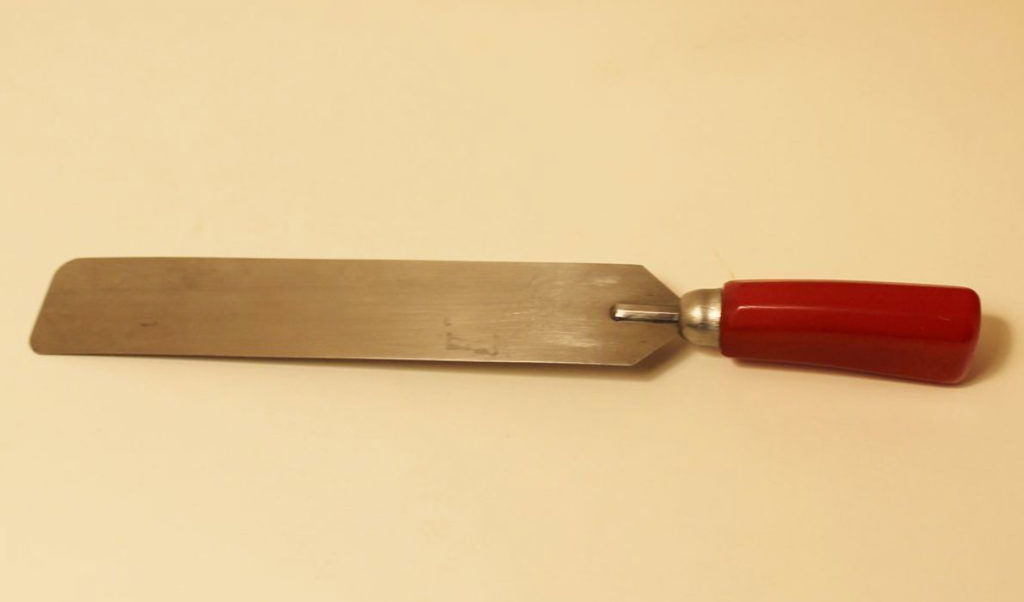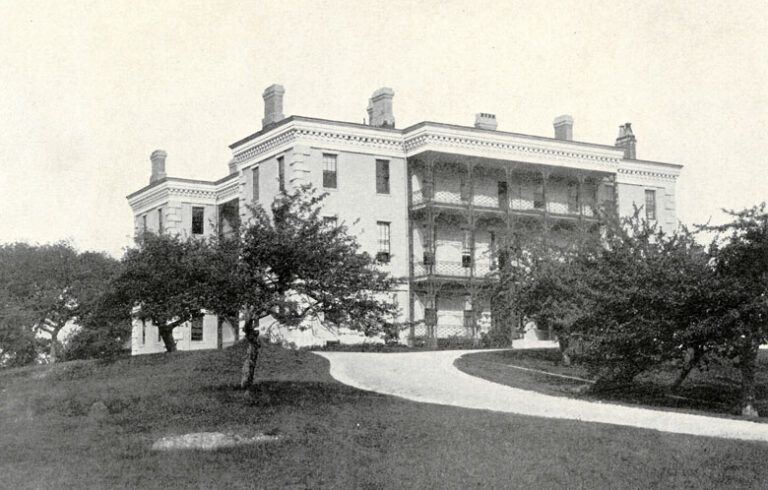The best place to get kitchen utensils is a flea market, collectibles shop or antique mall. Or your grandmother. In my case, it was my mom and grandma, at least for the basic collection. Every once in a while it does occur to me that I have a fine collection of vintage cookware, but it wasn’t because I was out collecting vintage on purpose.
When I went to housekeeping at the age of 21, I bought a Griswold cast iron frying pan, and a coffee percolator. That was 47 years ago, and now it is nearly impossible to find as fine a fry pan as mine, lightweight with a handle that curves gently in my palm.
Over the years, I acquired a couple of pieces of All-Clad, which shocked my mom with their price, but both of those pans will outlive me and grace another generation’s existence. I’ve already amortized them out to about four or five bucks a year. Two of my best knives were a gift about 40 years ago, and another couple is about 12 years old. All my favorite stuff is old.
For example, I have my grandmother’s can opener, with a red wooden knob which is as sharp as it can be, exercised nearly daily when I had cats, less so now, but still it chews around a can in a flash, no skips. I also had my grandmother’s spatula with a plain wooden handle and extremely thin, broad blade, which can slide between a frying pan surface and a pancake without driving into the side of it like a snowplow.
A little while ago, a crack appeared across the end attached to the handle. I took it, and a saucepan with a swiveling handle, to Clifford Houle, who runs a repair garage and two or three other businesses on the island, and who believes strongly in keeping good old stuff going as long as possible. Clifford looked carefully and respectfully at the spatula but declared the patient beyond help; he expeditiously ran a screw through the pan into the handle and sent me home, with his regrets about gram’s spatula. Fortunately, I had spied its twin at a second-hand store so I still have an excellent tool to use. Woe betide the day that one bites the dust.
Grandma’s canisters hold my flour, sugar, coffee and tea. On one level they are really terrible: the paint is crackled and stained, and it is nearly impossible to clean them without removing the paint. Inside are green handled scoops, worth more at an antique mall than in the canisters, and same goes for the yellow ware bowls I have, none matching but every time I spot one in an antique store, the $35 to $75 price tags leaves me wondering if I ought to keep on using them.
For years, I used my mom’s wide-mouthed glass funnel for easing tomatoes, peaches and chutneys into their canning jars. Of course, if you use something, you have to expect it might get broken. Somehow, the funnel cracked. I can still use it, but in alarm, I hunted for a new one. Not to be found in hardware, cookware, or department stores. They are all made of plastic now, the most un-charming kind of ugly plastic. Not to worry, a quick stop at an antique mall turned up another just like Mom’s. Whew.
When I was growing up, my mom had a grand cast-iron Dutch oven with a tight fitting lid in which she made the family stews. Oddly, when we moved into our old island house, there was such a one sitting on the pantry floor, left from previous inhabitants. It still had solid grease in it from a decade-old frying project. I coveted the thing, so held my nose, melted the grease, dumped it out, and scrubbed the bejeezus out of it. What a wonderful cook pot. I cannot fathom why the previous owners abandoned it. It, too, will go to the next generation.
A perfect cookware store would have a blend of the good, well-made, handsome and very useful old items made of glass, metal or wood along with a few modern rubber scrapers, the micro-planes and those wonderful silicone pastry brushes they make these days, which I adore. I’ll never, God willing, have to buy a new can opener, and the old spatula has nary a crack in it yet, so it may outlive me.
At the risk of sounding like the old fart that I am becoming, they just don’t make things like they used to.
Sandy Oliver is a food historian who cooks, writes and lives on Islesboro.





